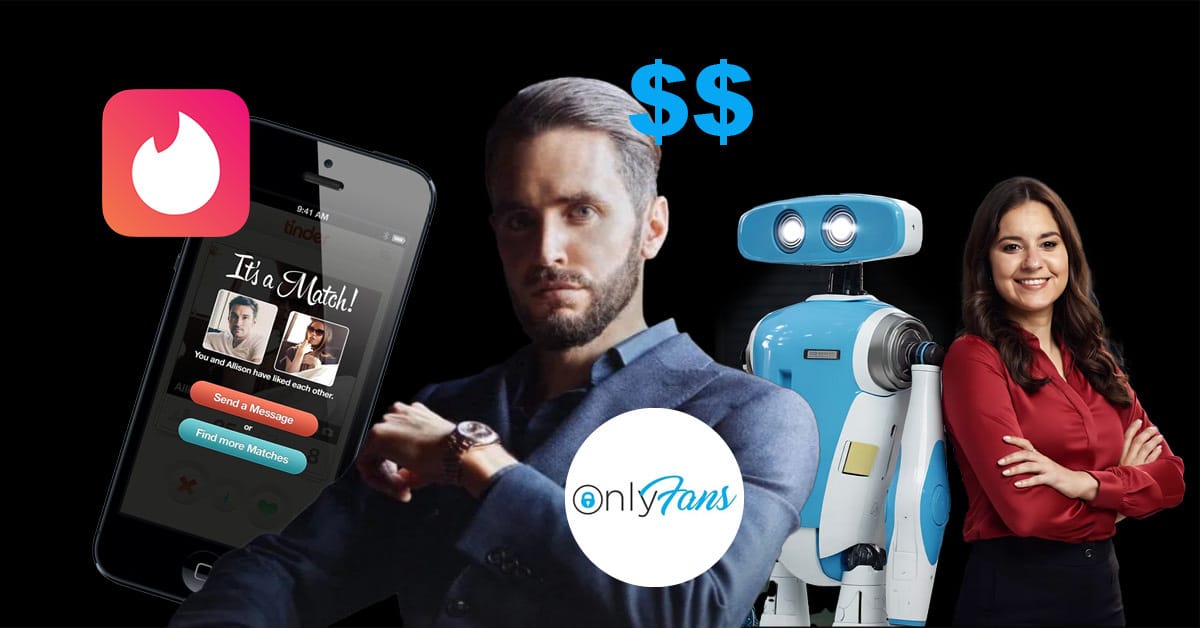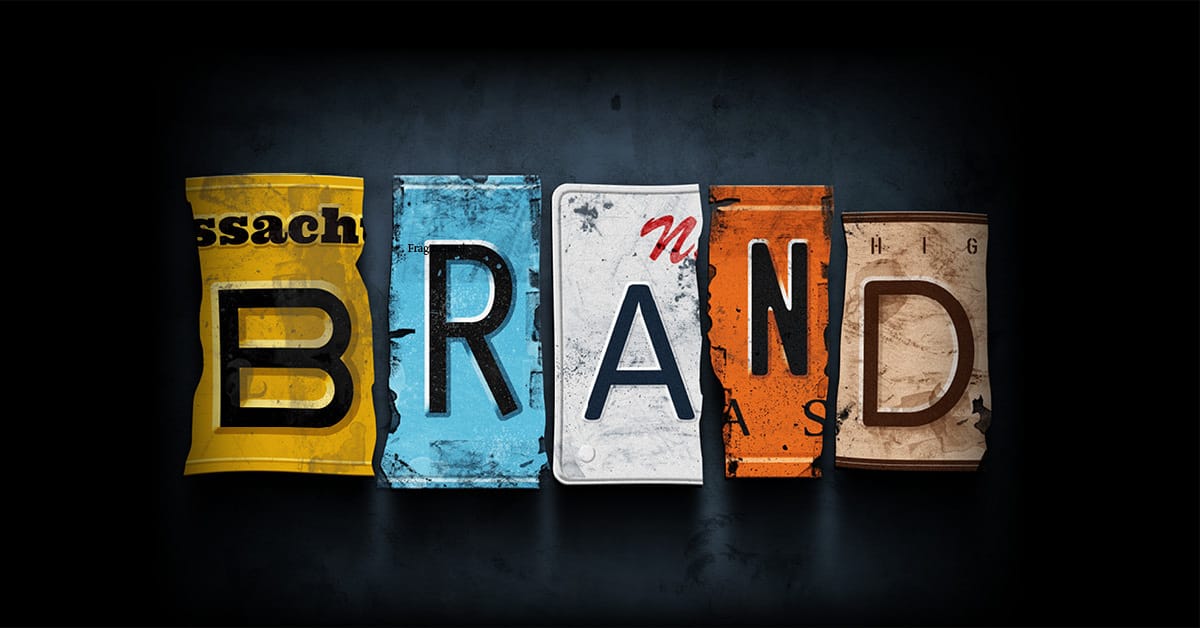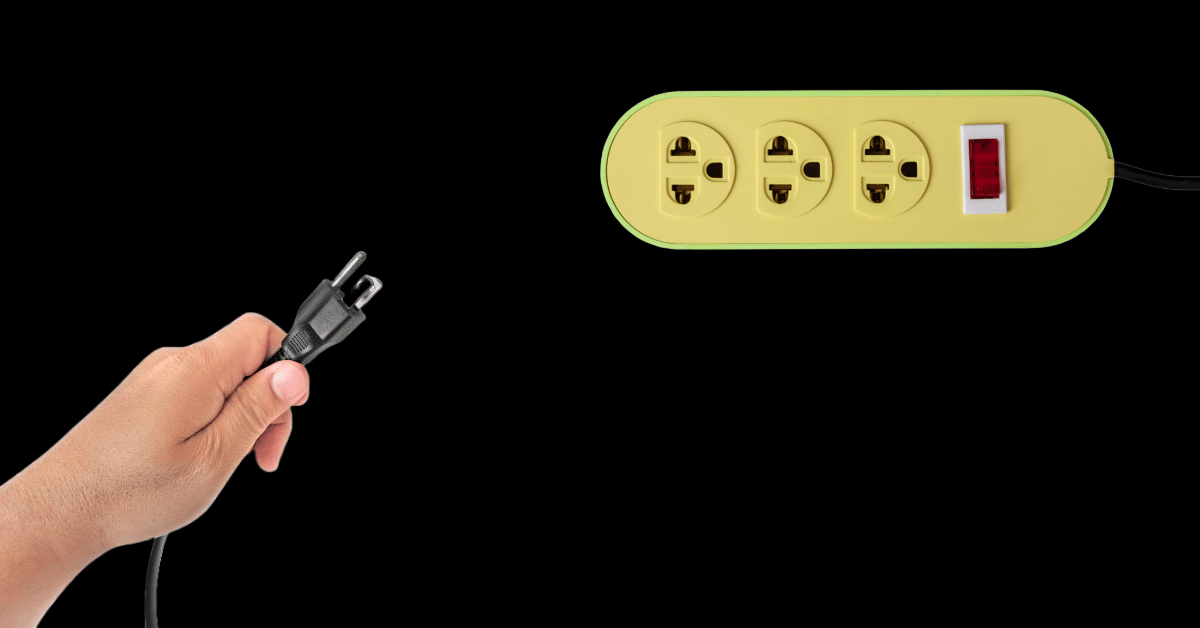
Gen Z has ruined “grindset”, binge drinking, and (to Tinder’s dismay) hookup culture.
And that’s a problem for the dating app’s new CEO, Spencer Rascoff. So he’s determined to rebrand the platform into a place where people can actually find meaningful connections. But when your product and its culture are so intertwined, it’s going to take more than updated messaging and a few UX tweaks to convince users anything has changed.
- Charlotte Ellis, Editor ♡
WHAT’S HAPPENING IN MARKETING TODAY?
Tinder’s getting a makeover, OnlyFans is on the market & AI films are now actually good

Tinder's new CEO wants to change the app's hookup culture.
I literally cackled out loud at the start of reading this article by Mashable. “Tinder has long been known as a hook-up app. Can its new head change that?” The day that: 1. I actually decide to redownload it (never) and 2. Am not greeted with a hoard of “sit on my face” messages, will be the day Tinder sheds its reputation as one of the worst places to find a potential partner (besides your local dive bar or perhaps, under a bridge). Everyone’s kind of over dating apps in general. I mean, let’s be real, it’s The Pits. Tinder’s CEO, Spencer Rascoff, is delusionally optimistic if he thinks he can change people’s minds.
"Think of Tinder like a bar (point A exactly) where people come together to meet new people," he told the Wall Street Journal. "We have to innovate to drive more people into our establishment, and that means renovating our bar." I can tell you now it’s going to take more than some new curtains. Maybe if this was Extreme Makeover. Maybe if you bowled the whole thing over and started again.
OnlyFans is on the market for $8B.
Leonid Radvinsky has allegedly engaged in discussions to sell the sex-positive creator site for $8 billion, Variety confirms. They do say sex sells. But the company has also embarked on an effort to recruit non-naughty creators. In 2021, the platform launched OFTV, a safe-for-work free streaming service with original content. The platform has paid creators over $20 billion to date, including names like Cardi B, Bella Thorne, Iggy Azalea, Bhad Bhabie and Mia Khalifa. Interested to see where it goes next.
New film made entirely with AI is scary good.
It was only a few years ago that an AI-generated clip of Will Smith eating spaghetti went viral for being absolute horseshit. Now, movie producer Jarrard Cole and WSJ’s Joanna Stern have made a movie entirely made with Google’s Veo and a tool from startup Runway AI. The creators’ takeaways after going through the process? AI can definitely help you bring pretty much any idea to life, but you still have to actually bring your own creativity (and a LOT of time) to the project. Watch the film right here.
-Sophie Randell, Writer
DEEP DIVE
What does "brand" even mean in 2025?

The word "brand" gets used more than "synergy" in a corporate brainstorm.
Everyone’s talking about it. No one can agree on what it actually means. Is it your logo? Your voice? Your community? Your founder’s vibe? Your TikTok? Your vibe on TikTok? In 2025, the answer is: yes. And also no.
Marketing textbooks still define brand as “the approach used by companies to promote and establish a brand in a market by creating a unique identity, values, and perceptions that differentiate it from competitors.” However, the lived reality is way messier (and evolving daily).
Here’s why.
1. Brands aren’t “owned” by companies anymore. They’re co-created.
Once upon a time, branding was top-down. Corporations defined their look, feel, tone, and values and audiences received it.
Nowadays, your brand is what people say about you when you're not in the room. That could look like discussion on Reddit or stitching your ad with sarcasm. Social media, meme culture, and creator commentary have made consumers part of the branding process… whether you like it or not.
Example: Yes, I’m using Duolingo, again. Deal with it. The brand didn’t become a chaotic owl by accident. It let its social team respond, riff, and go rogue. That became the brand.
2. The line between product and brand is blurring.
In the past, you could separate the product from the brand. One was functional, the other emotional. Now they’re indistinguishable. Consumers expect the product experience to deliver on the brand promise.
If your checkout UX sucks ass, your “customer-obsessed” brand statement is just a poster in the office kitchen, if you catch my drift.
Example: Glossier’s packaging, in-store vibe, website design, social media aesthetic and community are all a part of the same brand experience. It’s seamless. If one breaks, it all breaks.
3. Brand + behaviour. Not just messaging.
People are increasingly sceptical of brand values that exist only in marketing decks. Today, consumers expect alignment between what you say, what you do, and what you fund. (As they should, too.)
This means your hiring practices, sustainability choices, AI use, and even your weigh in (or silence) on cultural and community issues all contribute to your brand, whether you go the activist or apolitical route.
Example: All the brands that dropped DEI messaging this year without structural change got called tf out. Consumers are paying attention, especially to bullshit.
4. The internet has fragmented brand identity.
There is no longer one, unified brand perception. You might be a luxury brand in Paris, a meme in NYC, and an Amazon listing in Sydney. Welcome to context collapse, where brands exist across platforms, geographies and audiences who interpret them in wildly different ways. Basically, you may be popping in one area code, and trash in another.
Example: Balenciaga is a high fashion house, an ironic meme brand, and fkn cancelled all depending on who you ask.
5. Brand is trust at scale.
If we’re boiling it down, brand is still how you build trust at scale. It’s the shorthand that helps people decide “do I click, buy, recommend or ignore?”.
The formats have changed. The channels have changed. Hell, even the definitions have changed. But the reason brand matters has not.
So, long story short. In 2025 a brand is:
Co-created with your audience
Experienced through every touchpoint
Measured by behaviour, not just messaging
Fragmented across context and culture
Held together by trust, not consistency
If you’re still treating your brand like a static identity, you’re not behind, you’re (and I mean this with all due respect) cooked.
-Sophie Randell, Writer
TREND PLUG
My love languages are…

This trending audio from @itskaram flips the classic “love languages” into a financial fantasy.
In the clip, the creator deadpans a list of love languages. But instead of physical touch, quality time, acts of service, words of affirmation, and gifts, it’s all about physical cash, quality cheques, acts of bank transfers, words of bank statements and gifts of money.
Now, creators have taken hold of this sound, some sarcastically, some serious. For example, we've seen it used for making fun of their financially focused dating preferences and calling out capitalism (but cheekily) or showcasing an actual product.
How you can jump on this trend:
Take this sound and film yourself lip-syncing with auto captions on (or add your own context on the screen). It’s a perfect fit for financial services, e-comm, luxury brands, and coaches or freelancers.
A few OST ideas to get you started:
When my colleague asks why I'm taking another job
When my boss asks what makes me feel appreciated at work
When the client asks if they can pay in product or whether we prefer cash
- Jess Mori, Community Manager
TODAY ON THE YAP PODCAST
Want even more “YAP”ing? Check out the full podcast here.
ASK THE EDITOR

I've just graduated and am trying to get a job in marketing. Besides applying for jobs, what should I be doing to speed up the process? - Zeke
Hey Zeke!
The best thing you can do right now is start growing your personal brand. It's a great way to get experience in marketing since you've just finished studying. My suggestion would be to start with LinkedIn, because recruiters and people who are hiring for marketing roles are on there.
Start following people who work for brands you'd love to work for, then engage with their content. Create content about things you learned in school, podcasts you’re listening to, or books you’re reading right now. I'm not saying this will mean you'll get a job right away. But it will definitely help you get your name out there and build your network.
- Charlotte Ellis, Editor ♡
Not going viral yet?
We get it. Creating content that does numbers is harder than it looks. But doing those big numbers is the fastest way to grow your brand. So if you’re tired of throwing sh*t at the wall and seeing what sticks, you’re in luck. Because making our clients go viral is kinda what we do every single day.
